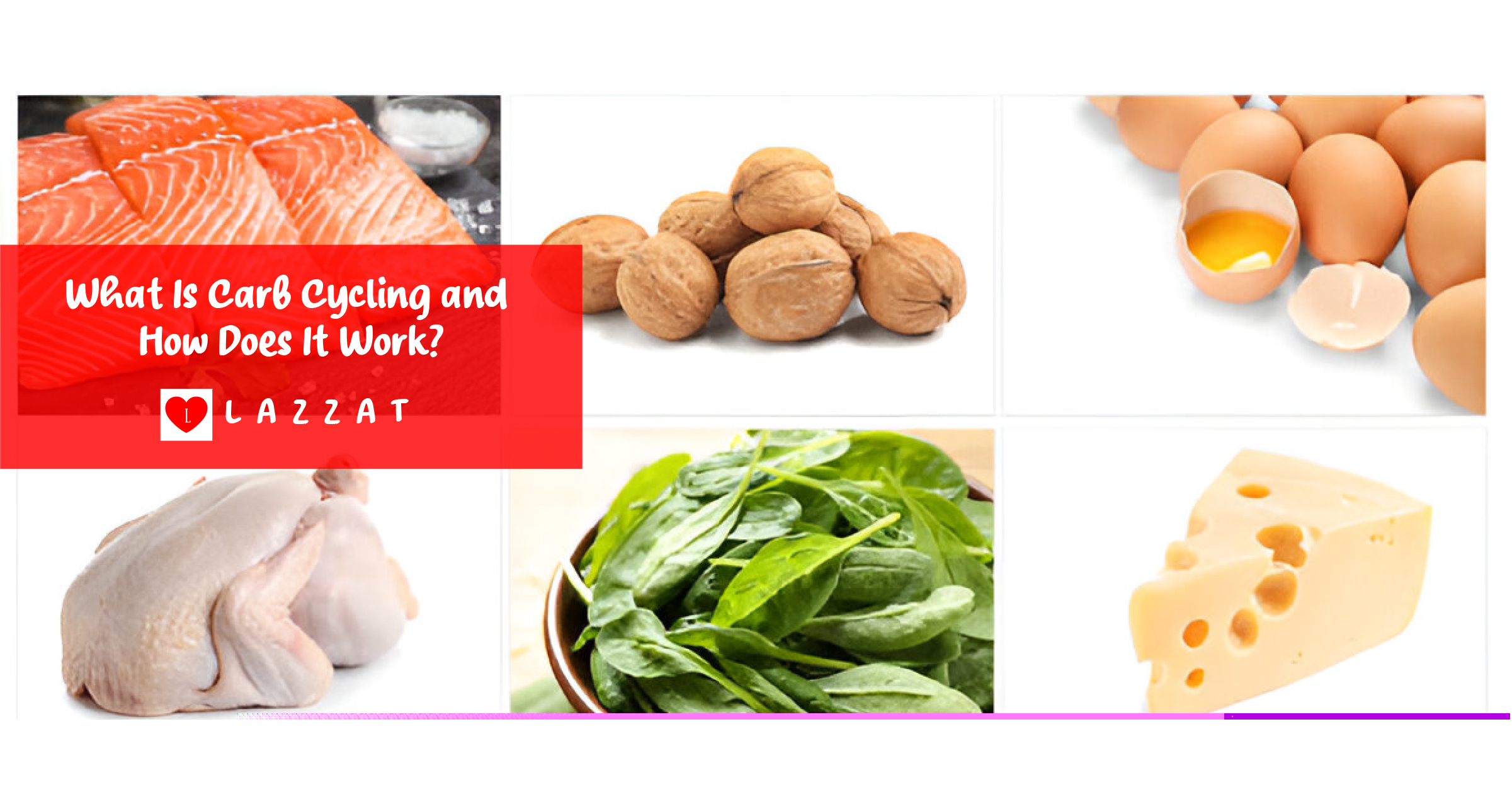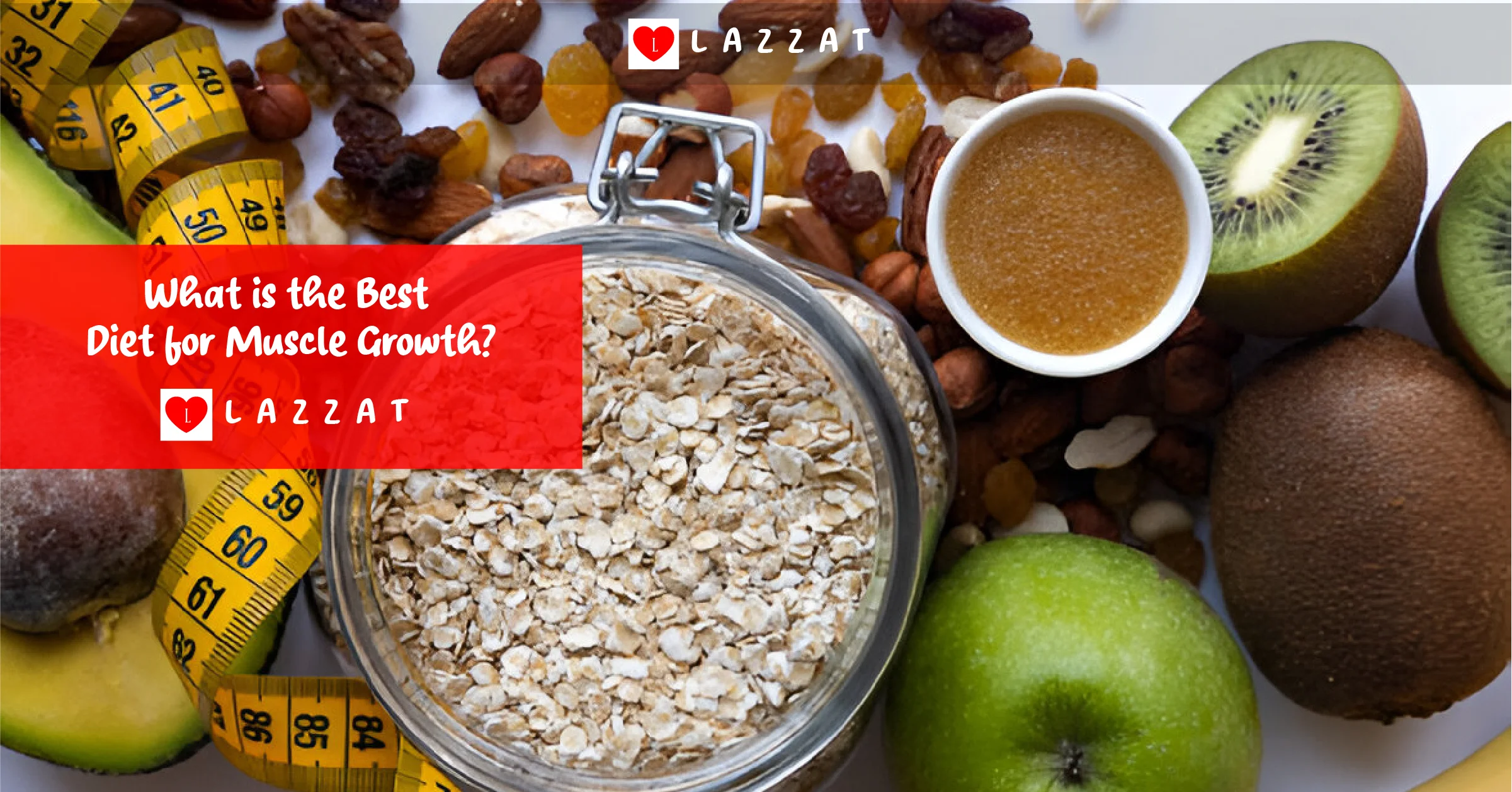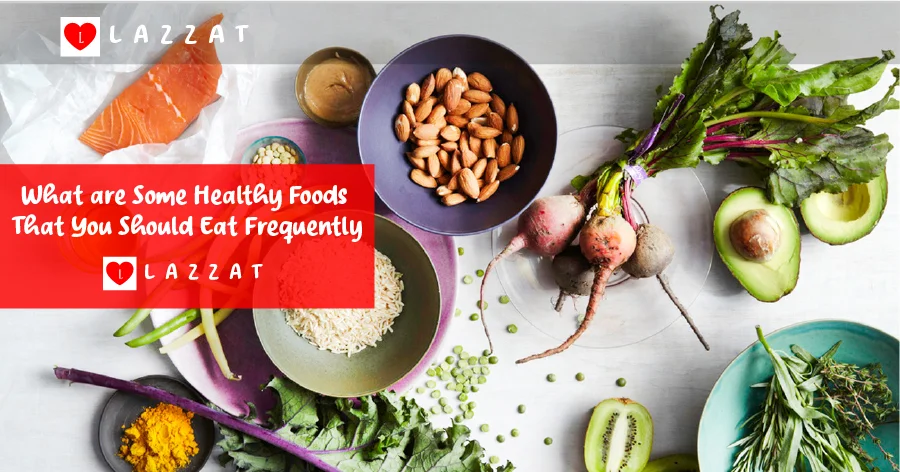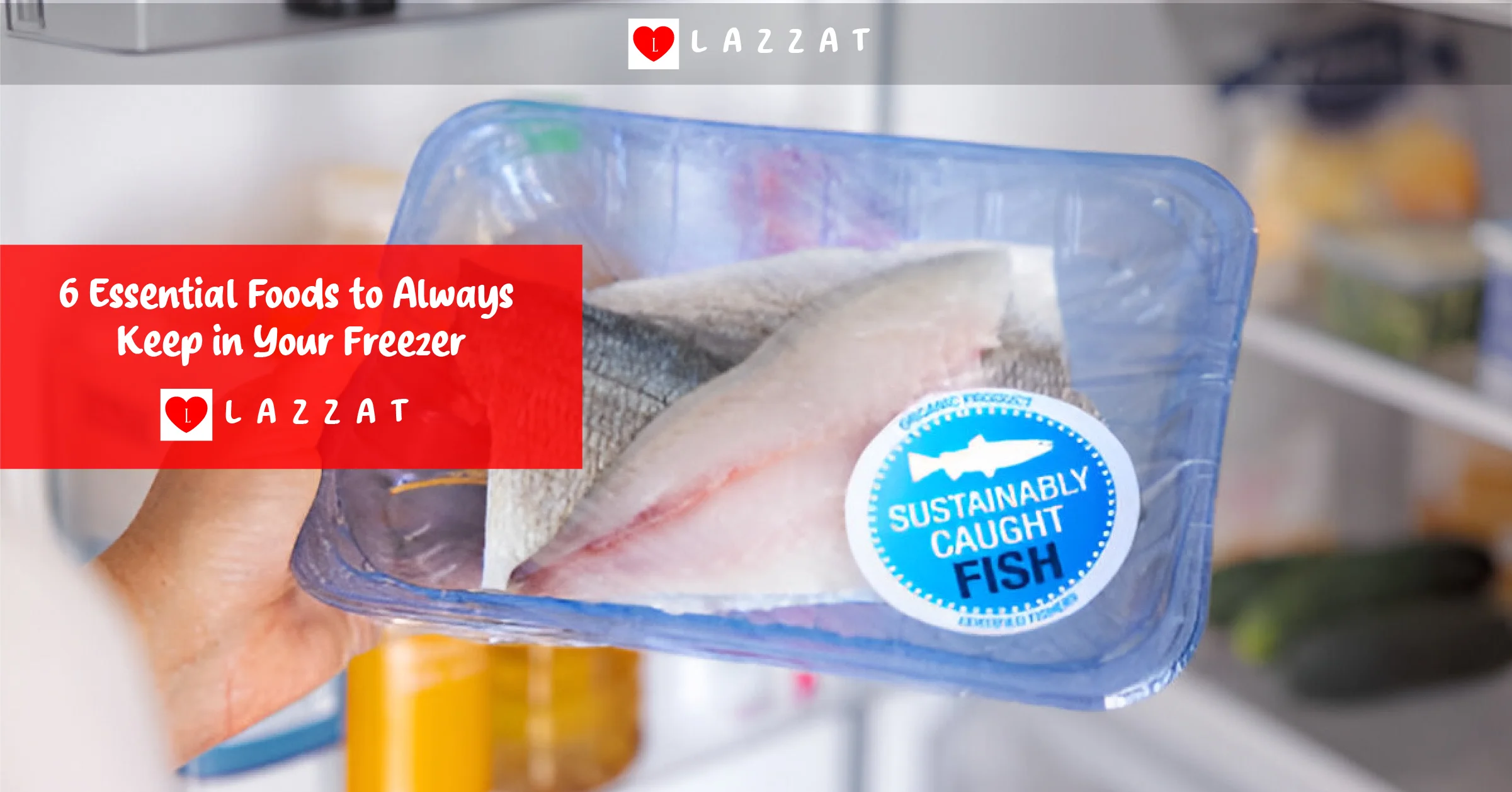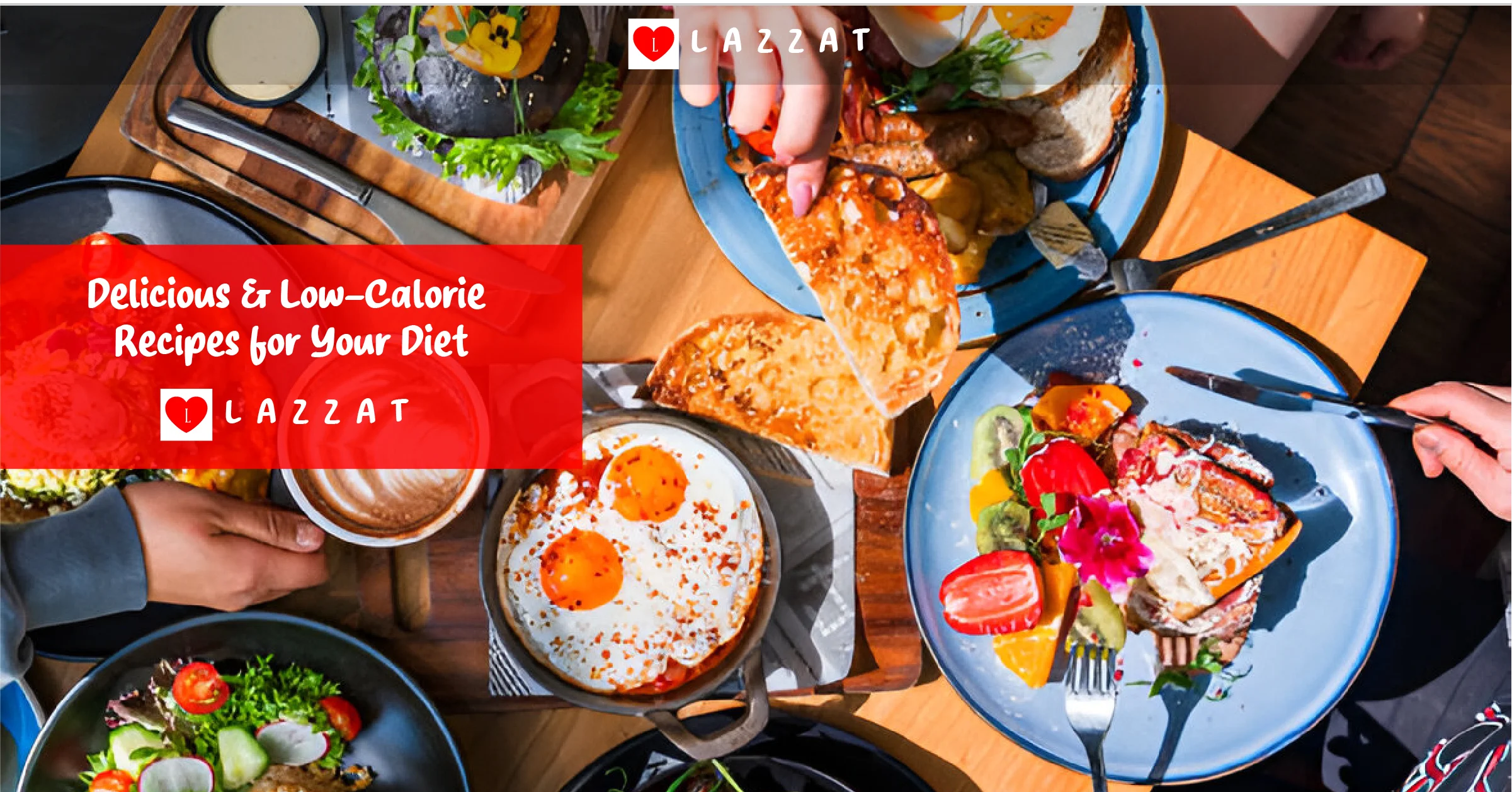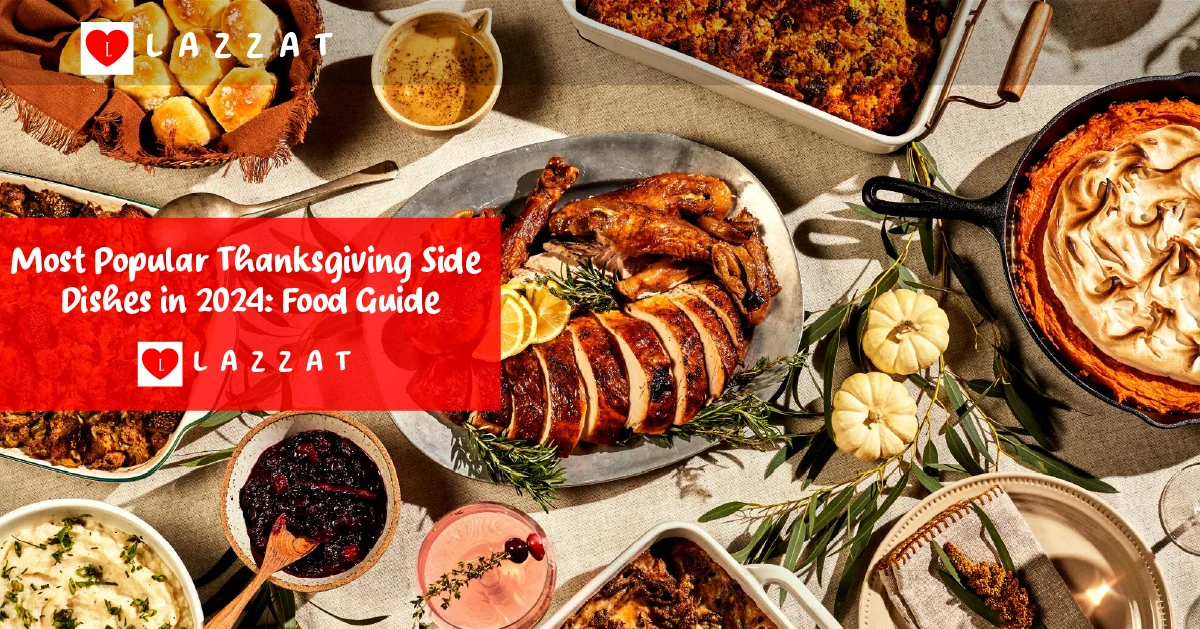Have you ever wondered if skipping breakfast could actually be good for you? Or if eating within a specific time window might help you lose weight and feel more energized? That’s the idea behind intermittent fasting (IF)—a popular eating pattern that cycles between periods of fasting and eating.
Unlike traditional diets that focus on what you eat, intermittent fasting is all about when you eat. And the best part? You don’t have to give up your favorite foods—you just need to time them right.
But does it really work? What are the best methods? And how do you start without feeling miserable? Let’s break it all down.
Table of Contents
What Is Intermittent Fasting?
Intermittent fasting isn’t a diet—it’s an eating schedule. Instead of restricting calories or cutting out food groups, you alternate between periods of eating and fasting.
How It Works
- Fasting Window: A set time where you consume no calories (only water, black coffee, or tea).
- Eating Window: The period where you eat your meals.
Our bodies weren’t designed to eat constantly. Before modern food availability, humans naturally went through periods of feast and famine. Intermittent fasting taps into this by helping your body burn fat for energy when food isn’t available.
Popular Intermittent Fasting Methods
Not all fasting schedules are the same. Here are the most common methods:
1. The 16:8 Method (Most Beginner-Friendly)
- Fast for 16 hours, eat within an 8-hour window (e.g., 12 PM–8 PM).
- Easy to maintain long-term.
2. The 5:2 Diet
- Eat normally for 5 days, then restrict to 500–600 calories on 2 non-consecutive days.
- Good for those who don’t want daily fasting.
3. Eat-Stop-Eat (24-Hour Fast)
- Fast for a full 24 hours, 1–2 times per week.
- Challenging but effective for fat loss.
4. OMAD (One Meal a Day)
- Eat one large, nutrient-dense meal per day.
- Best for experienced fasters.
5. Alternate-Day Fasting
- Alternate between normal eating days and fasting/very low-calorie days.
- Effective but hard to sustain.
| Method | Fasting Period | Best For |
|---|---|---|
| 16:8 | 16 hours daily | Beginners |
| 5:2 | 2 low-calorie days/week | Flexible schedules |
| Eat-Stop-Eat | 24 hours, 1–2x/week | Fat loss |
| OMAD | 23-hour fast | Experienced fasters |
| Alternate-Day | Every other day | Rapid weight loss |
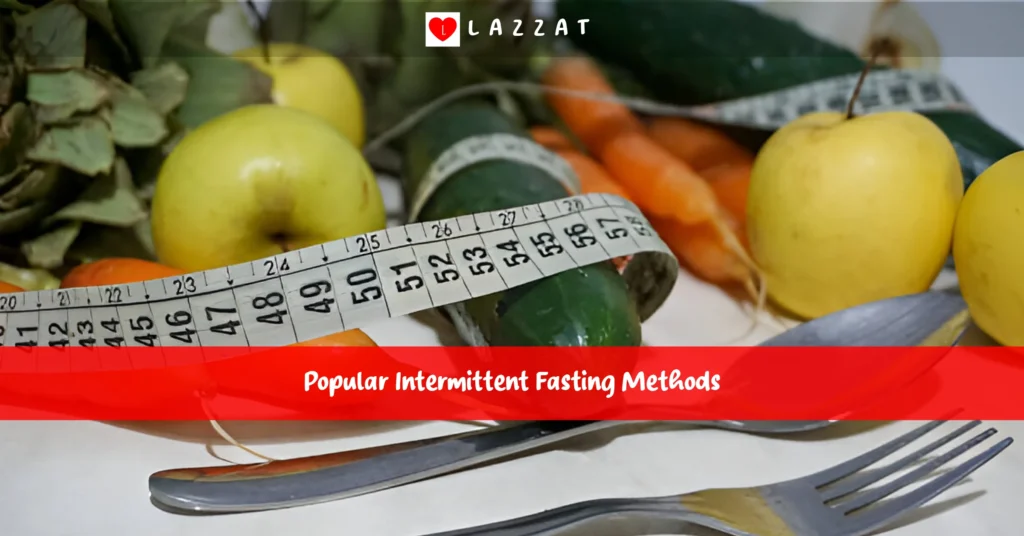
Benefits of Intermittent Fasting
Why are so many people trying intermittent fasting? Because the benefits go beyond just weight loss.
1. Weight Loss & Fat Burning
- Fasting lowers insulin, forcing your body to burn stored fat.
- Studies show IF can help reduce belly fat without muscle loss.
2. Improved Insulin Sensitivity
- Fasting helps regulate blood sugar, reducing type 2 diabetes risk.
3. Cellular Repair & Autophagy
- During fasting, your body cleans out damaged cells, which may slow aging.
4. Brain Health & Mental Clarity
- Many fasters report better focus and energy due to ketone production.
5. Longevity & Anti-Aging Effects
- Animal studies suggest fasting extends lifespan—human research is ongoing.

How to Start Intermittent Fasting (Beginner’s Guide)
If you’re new to fasting, jumping straight into a 24-hour fast might backfire. Here’s how to ease into it:
Step 1: Pick the Right Method
- Start with 16:8—skip breakfast and eat between 12 PM–8 PM.
Step 2: Stay Hydrated
- Drink water, herbal tea, or black coffee to curb hunger.
Step 3: Eat Nutritious Foods
- Avoid junk food—prioritize protein, healthy fats, and fiber to stay full.
Step 4: Listen to Your Body
- If you feel dizzy or weak, break your fast—it’s okay to adjust.
Pro Tip: Try a 12-hour fast first (e.g., 8 PM–8 AM) and gradually increase.
Best Foods to Eat During Intermittent Fasting
Fasting isn’t an excuse to binge on pizza later. What you eat matters.
Foods to Focus On:
Protein (chicken, eggs, tofu) – keeps you full.
Healthy Fats (avocado, nuts, olive oil) – sustains energy.
Fiber-Rich Veggies (broccoli, spinach) – aids digestion.
Foods to Avoid:
Sugary snacks (spikes insulin, causes crashes).
Processed carbs (white bread, pasta) – leads to hunger.
| Meal Idea (16:8 Method) | Food Choices |
|---|---|
| First Meal (12 PM) | Scrambled eggs + avocado + spinach |
| Snack (3 PM) | Greek yogurt + berries |
| Dinner (7:30 PM) | Grilled salmon + quinoa + roasted veggies |

Intermittent Fasting for Different Lifestyles
For Women
- Some women experience hormonal disruptions with aggressive fasting.
- Start with 14:10 and monitor energy levels.
For Athletes & Muscle Gain
- Time protein intake around workouts.
- Lean bulkers may prefer 14:10 or 12:12.
For Busy Professionals
- Skip breakfast, prep meals in advance.
- Fasting can boost productivity by reducing food comas.
Potential Side Effects & Who Should Avoid It
Common Side Effects:
- Hunger (first few days).
- Headaches (stay hydrated!).
- Fatigue (usually temporary).
Who Should NOT Fast?
- Pregnant/breastfeeding women.
- People with a history of eating disorders.
- Those with diabetes (unless supervised by a doctor).
Intermittent Fasting vs. Other Diets
IF vs. Keto
- Keto restricts carbs; IF restricts timing.
- Can be combined for faster fat loss.
IF vs. Calorie Counting (CICO)
- IF naturally reduces calories without strict tracking.
IF vs. Paleo
- Paleo focuses on whole foods; IF is about meal timing.
Conclusion
Intermittent fasting is a flexible and effective eating pattern that can aid weight loss, improve metabolic health, and boost mental clarity—without requiring strict food restrictions. By choosing the right method and staying consistent, you can make fasting a sustainable part of your lifestyle.
Also Read: What Are Some Healthy Foods That You Should Eat Frequently?
FAQs
Is intermittent fasting safe for everyone?
Most healthy adults can try intermittent fasting, but pregnant women, diabetics, and those with eating disorders should avoid it.
Can I drink water during fasting?
Yes, water, black coffee, and unsweetened tea are allowed during fasting.
Will intermittent fasting cause muscle loss?
No, if you eat enough protein and exercise, fasting can preserve muscle while burning fat.
How soon will I see results?
Weight loss and energy improvements may appear within 2–4 weeks.




